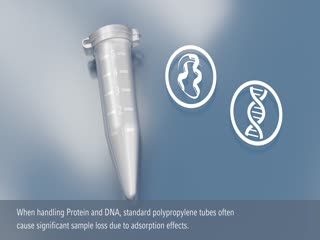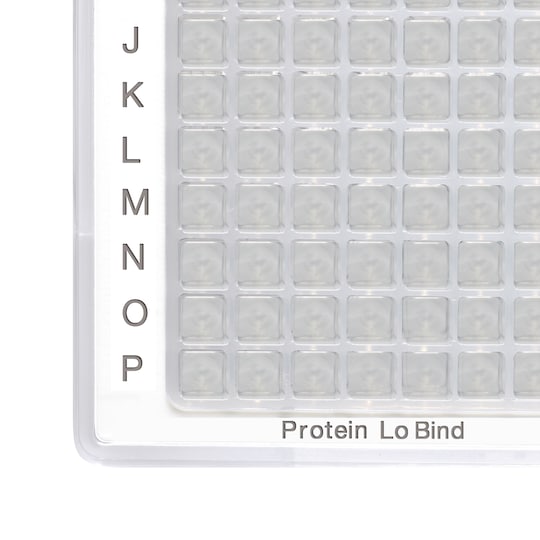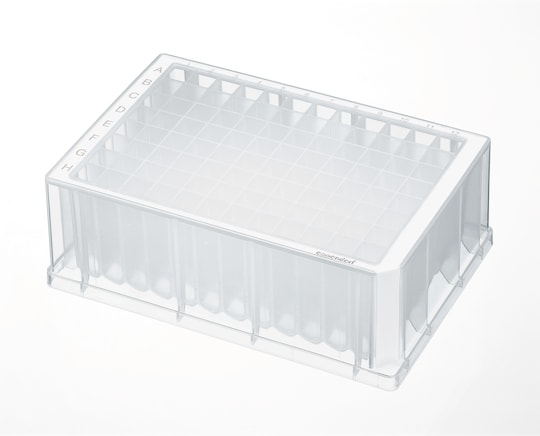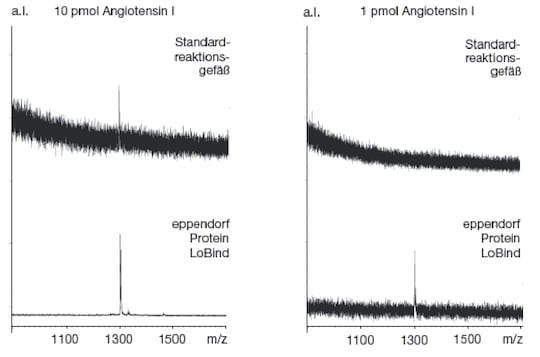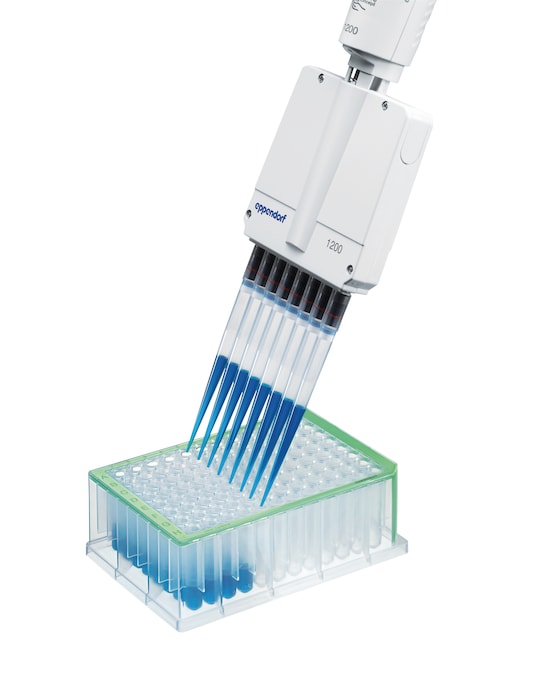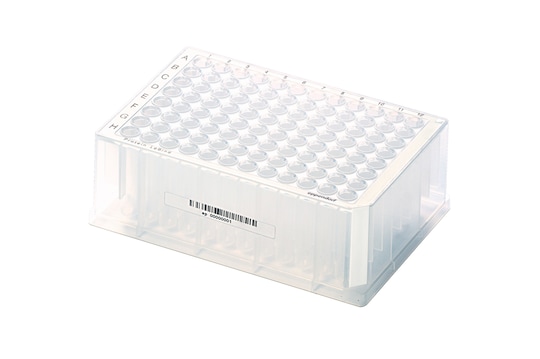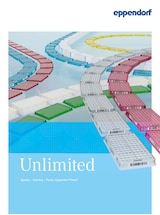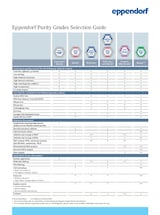MENU
CN | CNY
CN | CNY
-
- All Centrifuges
- Benchtop Centrifuges
- Floor-Standing Centrifuges
- Refrigerated Centrifuges
- Microcentrifuges
- Multipurpose Centrifuges
- High-Speed Centrifuges
- Ultracentrifuges
- Concentrator
- High-Speed and Ultracentrifuge Consumables
- Centrifuge Tubes
- Centrifuge Plates
- Sample and Information Management
- GLP Products China
-
- All Pipettes, Dispensers & Automated Liquid Handlers
- Mechanical Pipettes
- Electronic Pipettes
- Multi-Channel Pipettes
- Positive Displacement Pipettes & Dispensers
- Pipette Tips
- Bottle-Top Dispensers
- Pipette Controllers
- Dispenser & Pipette Accessories
- Automated Pipetting
- Automation Consumables
- Automation Accessories
- Liquid Handler & Pipette Services
Sorry, we couldn't find anything on our website containing your search term.
Sorry, we couldn't find anything on our website containing your search term.
- Home
- Products
- Lab Consumables
- Plates
- Protein LoBind® Plates
Protein LoBind® Plates
Partial view of Eppendorf LoBind® plate
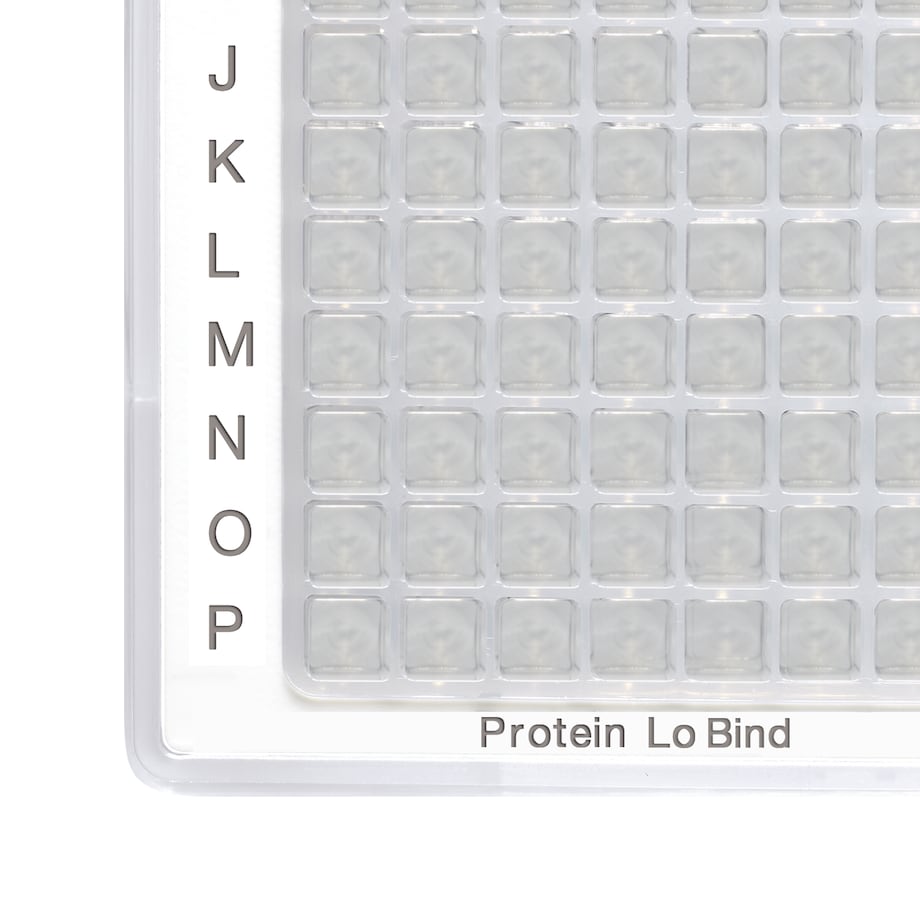
Eppendorf LoBind® 低蛋白吸附平板可实现极佳的蛋白质回收率。
Eppendorf LoBind® plate in deep well format
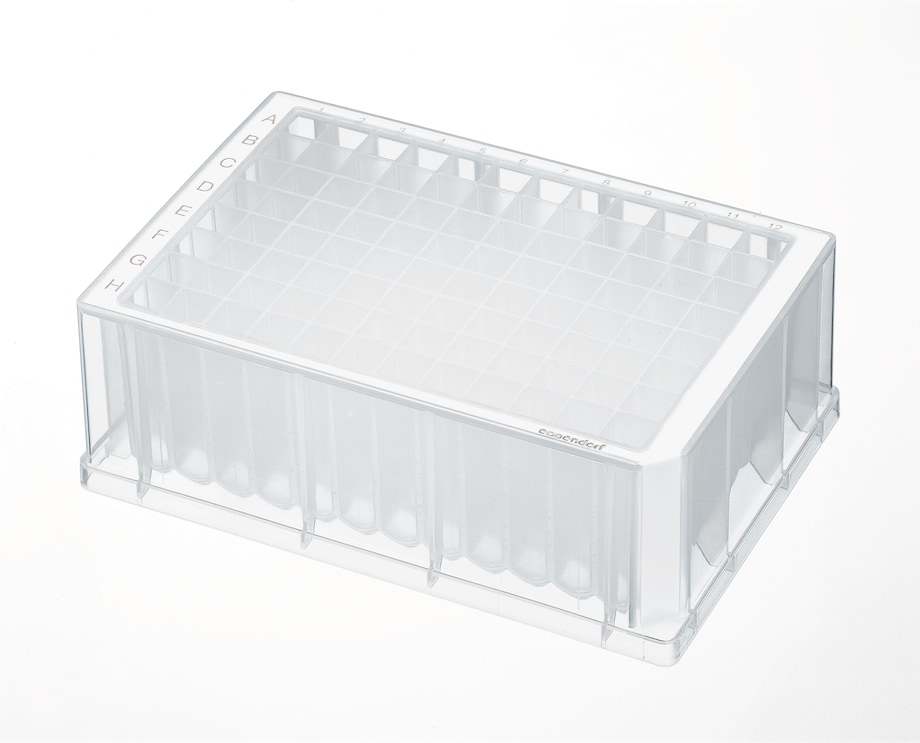
Eppendorf Protein LoBind® 平板有深孔板型号
MALDI-TOF graph depicting signal intensity at 1 pmol and 10 pmol Angiotensin I using protein LoBind tubes.
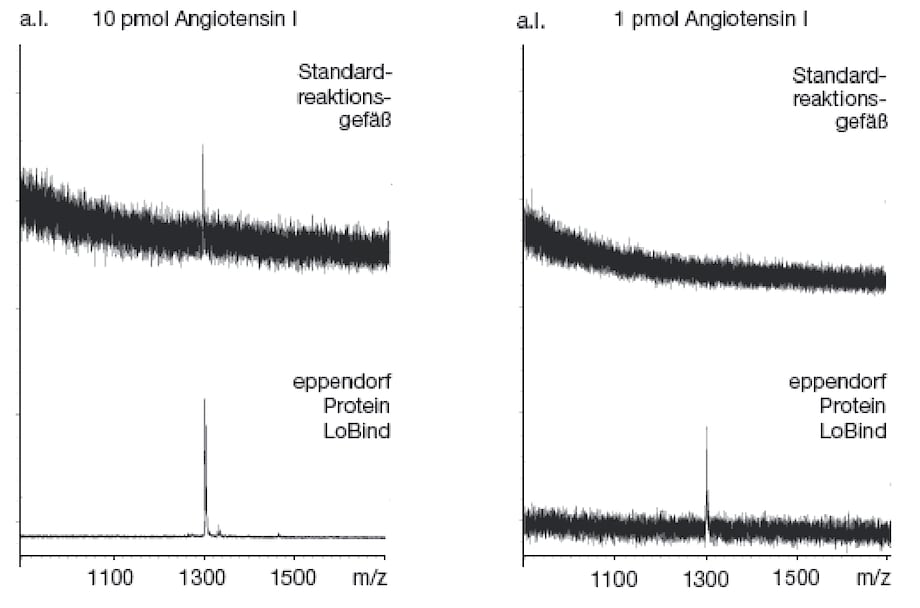
使用储存在蛋白质LoBind®和标准离心管中的肽进行MALDI-TOF 质谱分析
epT.I.P.S.® L elongated pipette tips in use to fill a Deepwell plate
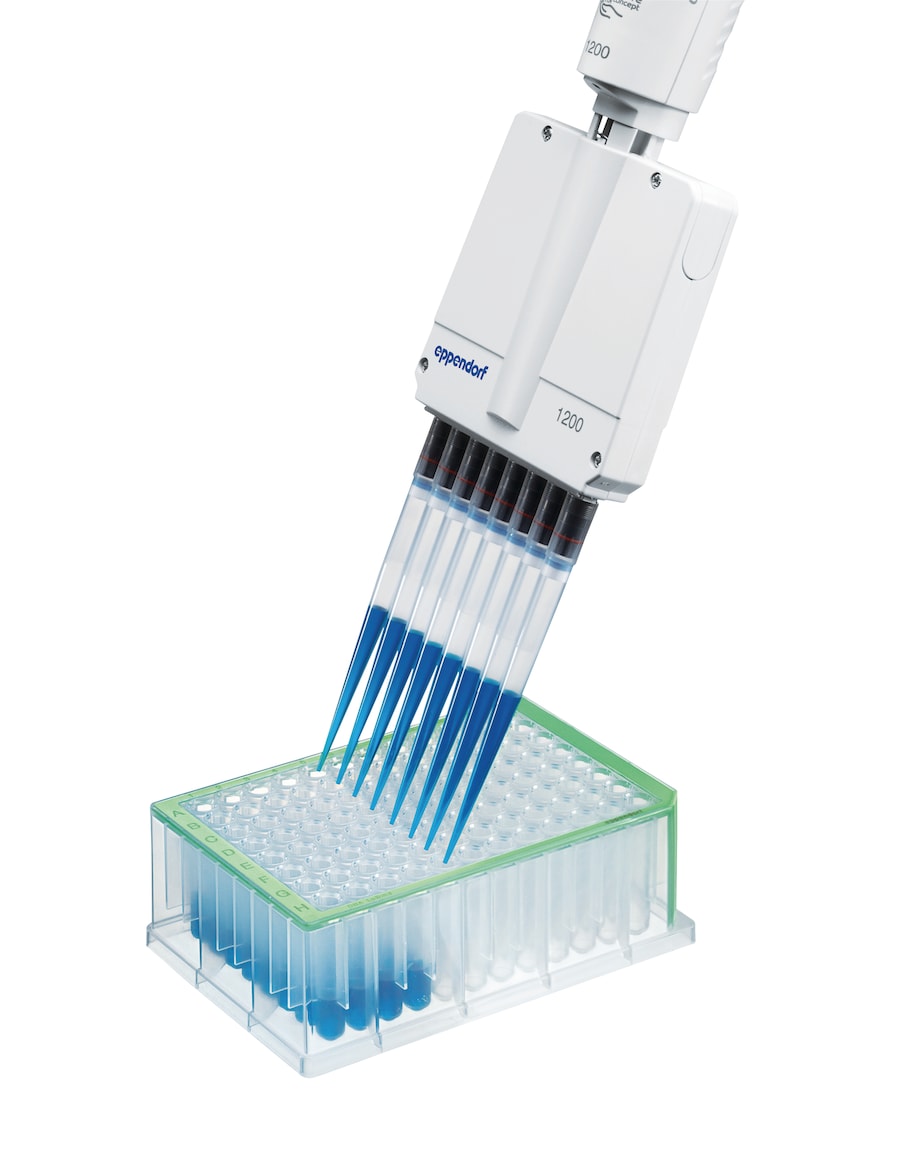
加长epT.I.P.S.® Eppendorf的L移液器吸头由于具有细长尖端,可用于范围更广泛的离心管
Barcoded Eppendorf LoBind® plate in deep well format
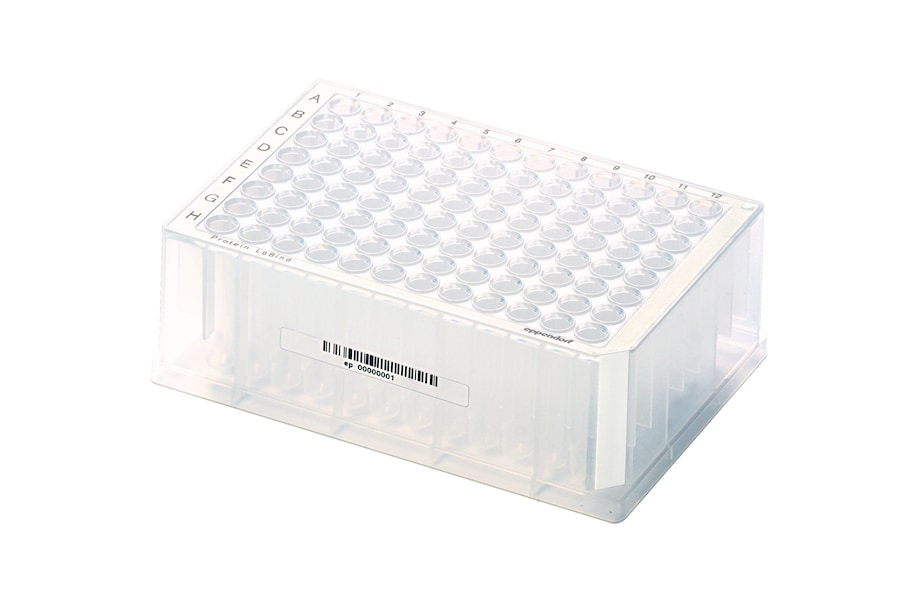
作为带条码的平板提供,可用于加快自动液体处理
Product Information
Eppendorf Protein LoBind Plates are designed with protein in mind. For troublesome samples where protein concentrations are low, the Eppendorf LoBind plates ensure maximal sample recovery - protecting enzyme activity and facilitating downstream analysis.
-
Request lot-specific certificates (not applicable for "Eppendorf Quality")
-
Learn more about purity grades available from Eppendorf
You will find additional download material at the bottom of this page
Single Devices (11)
11 Single Devices
Price
¥ 13,255.00
|
Price
¥ 46,465.00
|
Catalog no.
0030504119
|
Price
¥ 6,102.00
|
Catalog no.
0030504216
|
Price
¥ 7,201.00
|
Price
¥ 36,009.00
|
Price
¥ 22,005.00
|
Price
¥ 16,136.00
|
Price
¥ 40,282.00
|
Show more Products
Added to Your Cart
Product Information
Applications
Features
Product Information
Maximize your protein sample recovery with Eppendorf Protein LoBind Plates! Eppendorf LoBind plates are designed with a special, two-component polymer mix, creating a hydrophilic surface to ensure optimal sample recovery rates. These plates are specially developed for protein research or sensitive proteomic test methods, providing superior results by reducing sample binding to the plate surface.
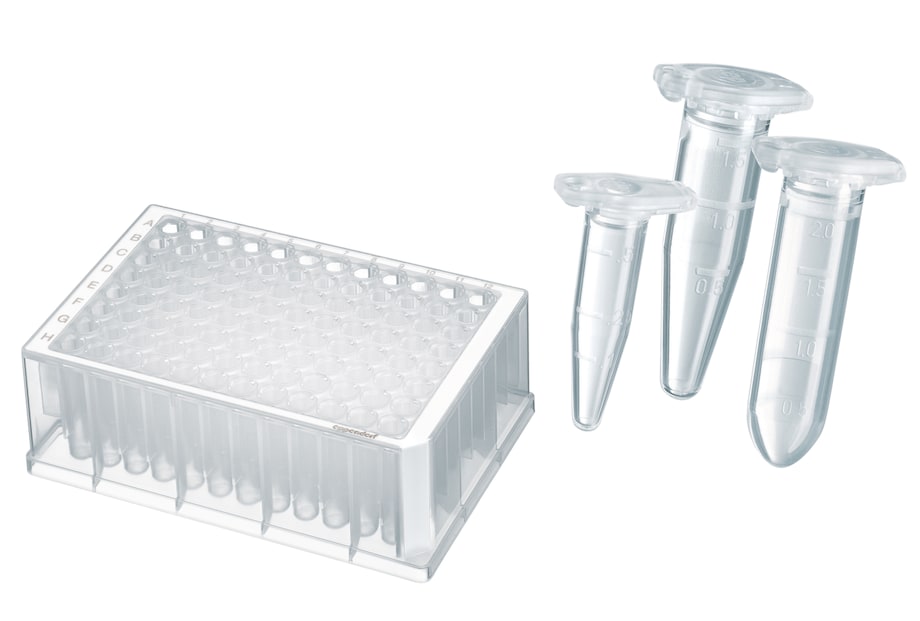
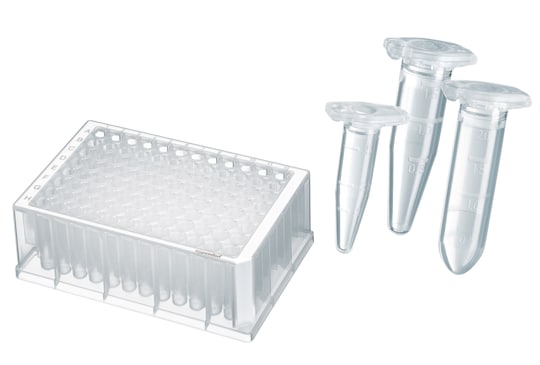
High-quality Eppendorf Protein LoBind
products
Available in a variety of formats including tubes, microplates and deep well plates to meet the different application needs for various sample volumes and throughput.


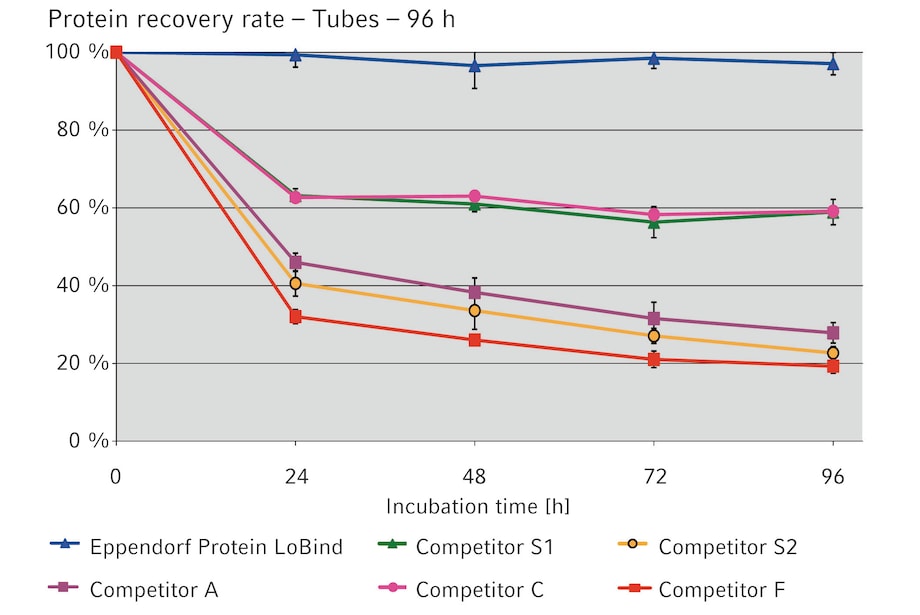
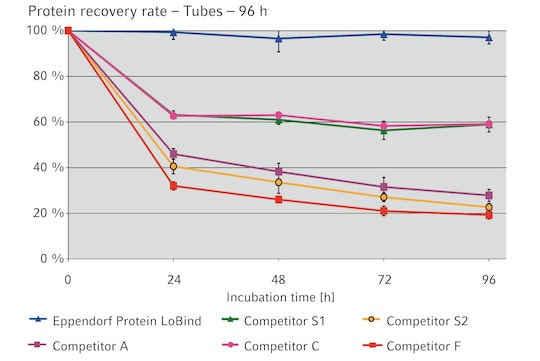
Superior protein recovery
Eppendorf LoBind® Tubes for protein recover significantly more protein compared to other low binding tubes after incubation for 96 h. (See Application Note 180 for more details).




Outstanding signal during MALDI-TOF analysis with Protein LoBind® Tubes
Protein LoBind® Tubes help to increase signal intensity during MALDI-TOF analysis, allowing you to detect and analyze at concentrations normally considered undetectable (1 pmol) when compared to standard tubes. In these graphs, the arrows identify the signals in each experiment. (Source: Dr. S. Seeber and Dr. Humeny, Institute of Biochemistry, University of Erlangen-Nürnberg, Germany, see Application Note 180 for more details).


Read More
Read Less
Applications
- Preparation or storage of protein, peptide or antibody samples
- Enzymatic assays – the hydrophilic surface reduces denaturation when it comes into contact with the tube inner wall
- Prevention of sample loss during storage of virus stock solutions
- Storage of cell suspensions
Features
- Eppendorf LoBind material ensures excellent sample recovery for improved assay results
- Free of surface coating (e.g., silicone) to minimize the risk of sample interference
- Lot-certified PCR clean purity grade: free of human DNA, DNase, RNase and PCR inhibitors
- Available in tube, microplate, and deepwell plate formats for easy-up scaling
- High-contrast Unique OptiTrack® matrix: up to 30 % faster sample identification and fewer pipetting errors
- RecoverMax® well design: optimized well geometry for minimal remaining/dead volume and excellent mixing properties
- Raised well rims and a smooth surface ensure reliable sealing in plates
Downloads: Protein LoBind® Plates
You might also consider

